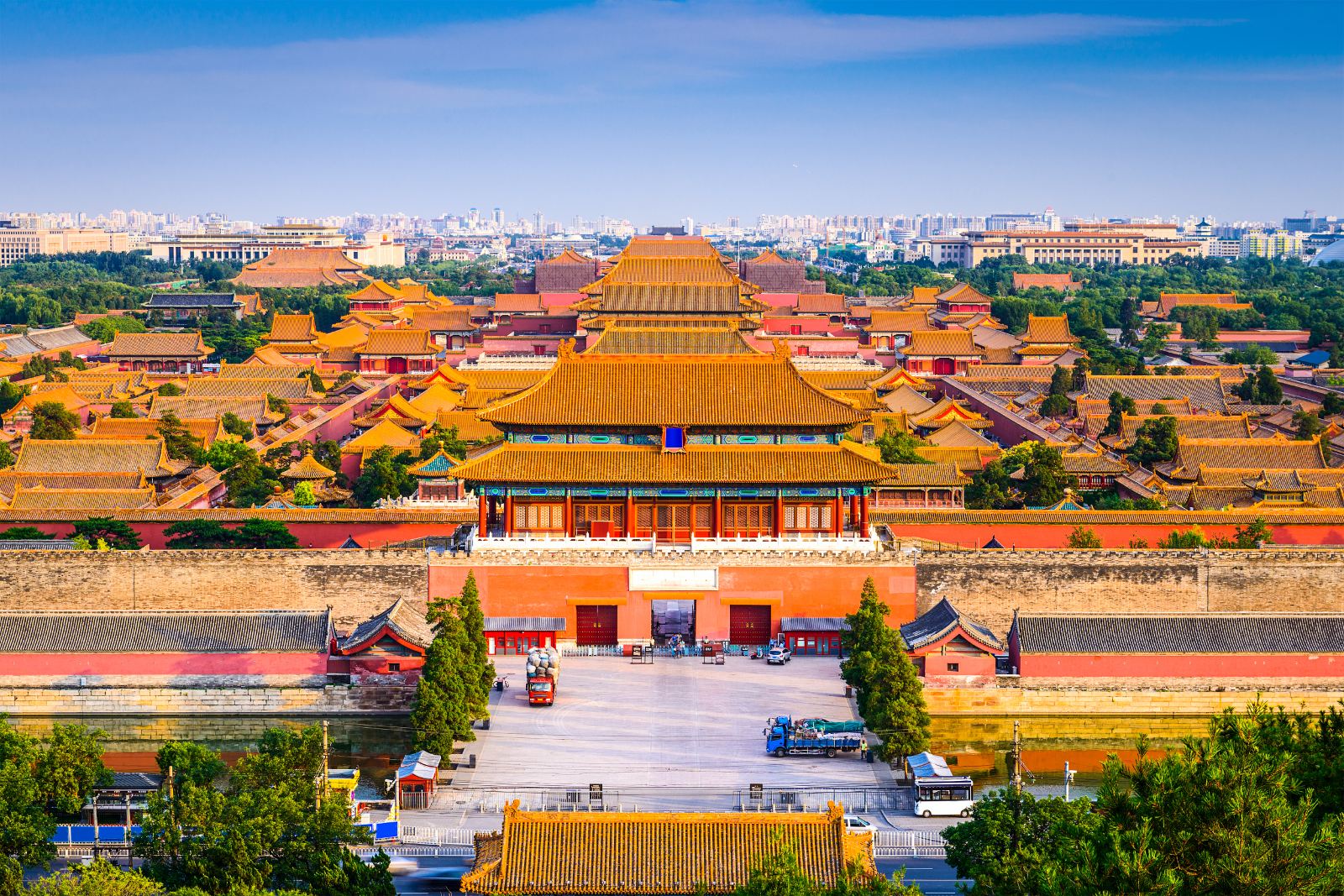China Beijing Ming Tombs
- Province/Area:Beijing
- Address:Changping District, Beijing, Ming Tombs Town, Changchi Road
- Distance from the city center:42.3km
- Open time(Beijing time):08:30-17:00 (ticket sales end at 16:30, last entry 16:30)
- Ticket price:20 CNY
- Phone:86-010-60761005
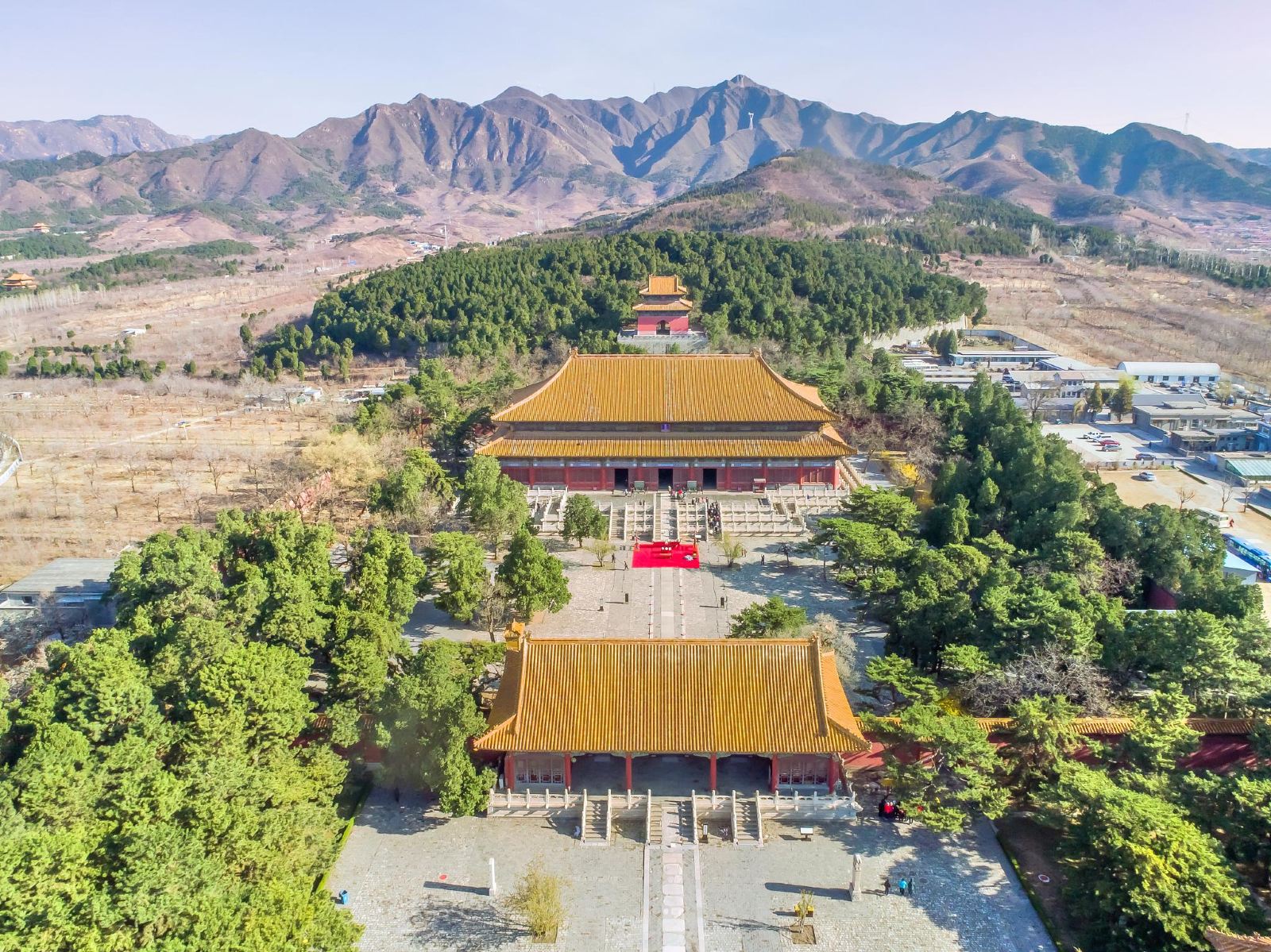
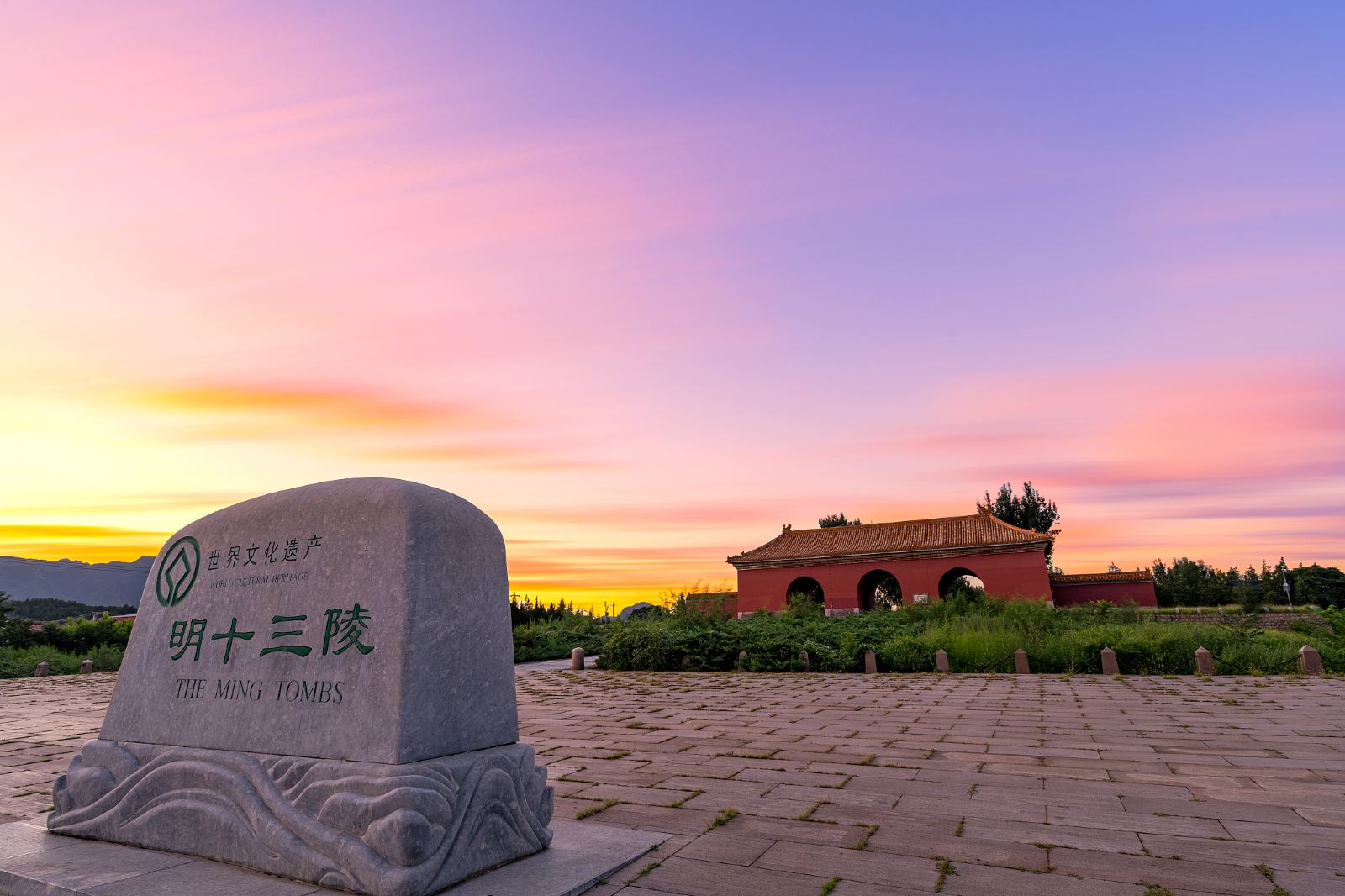
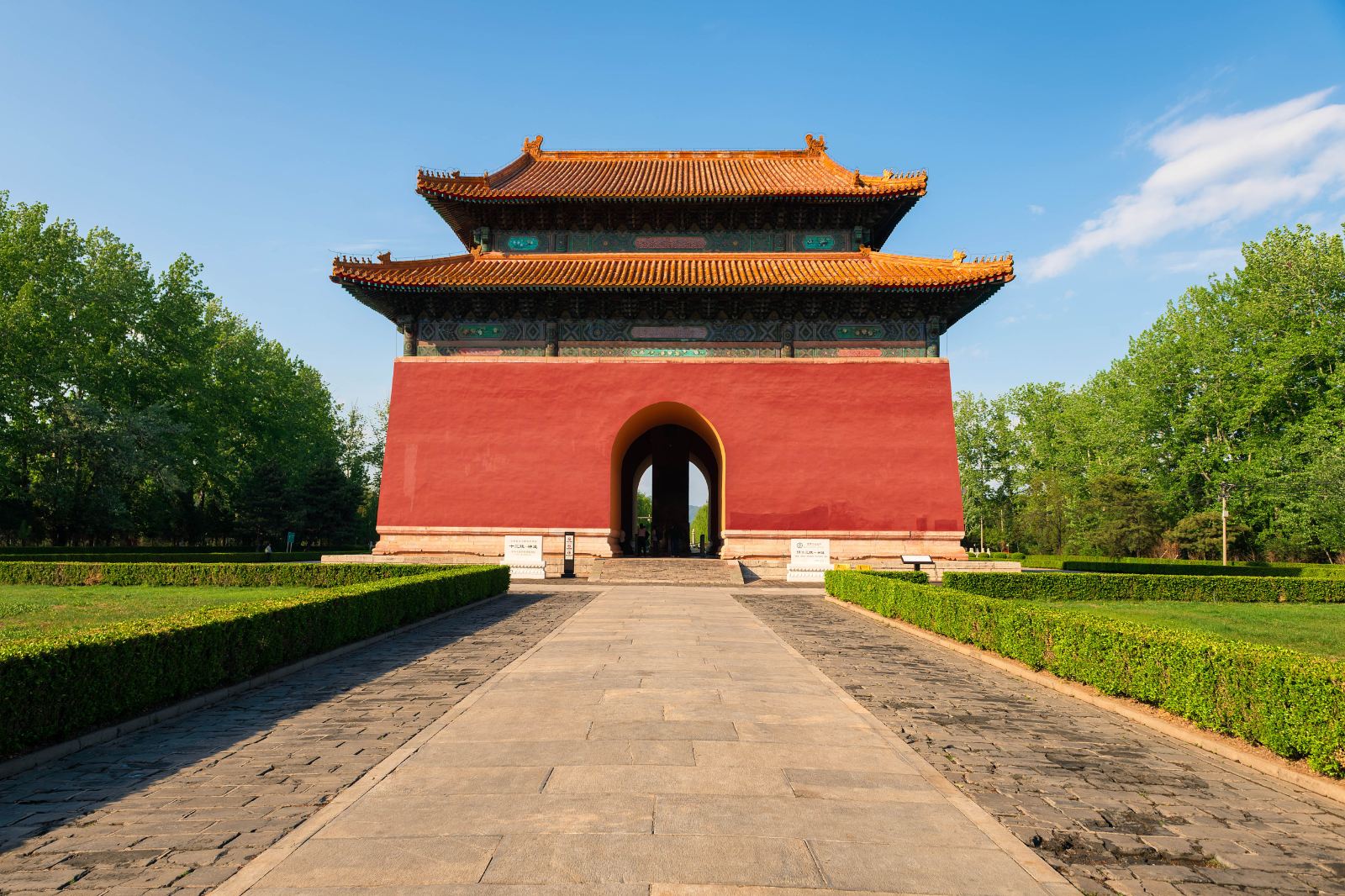
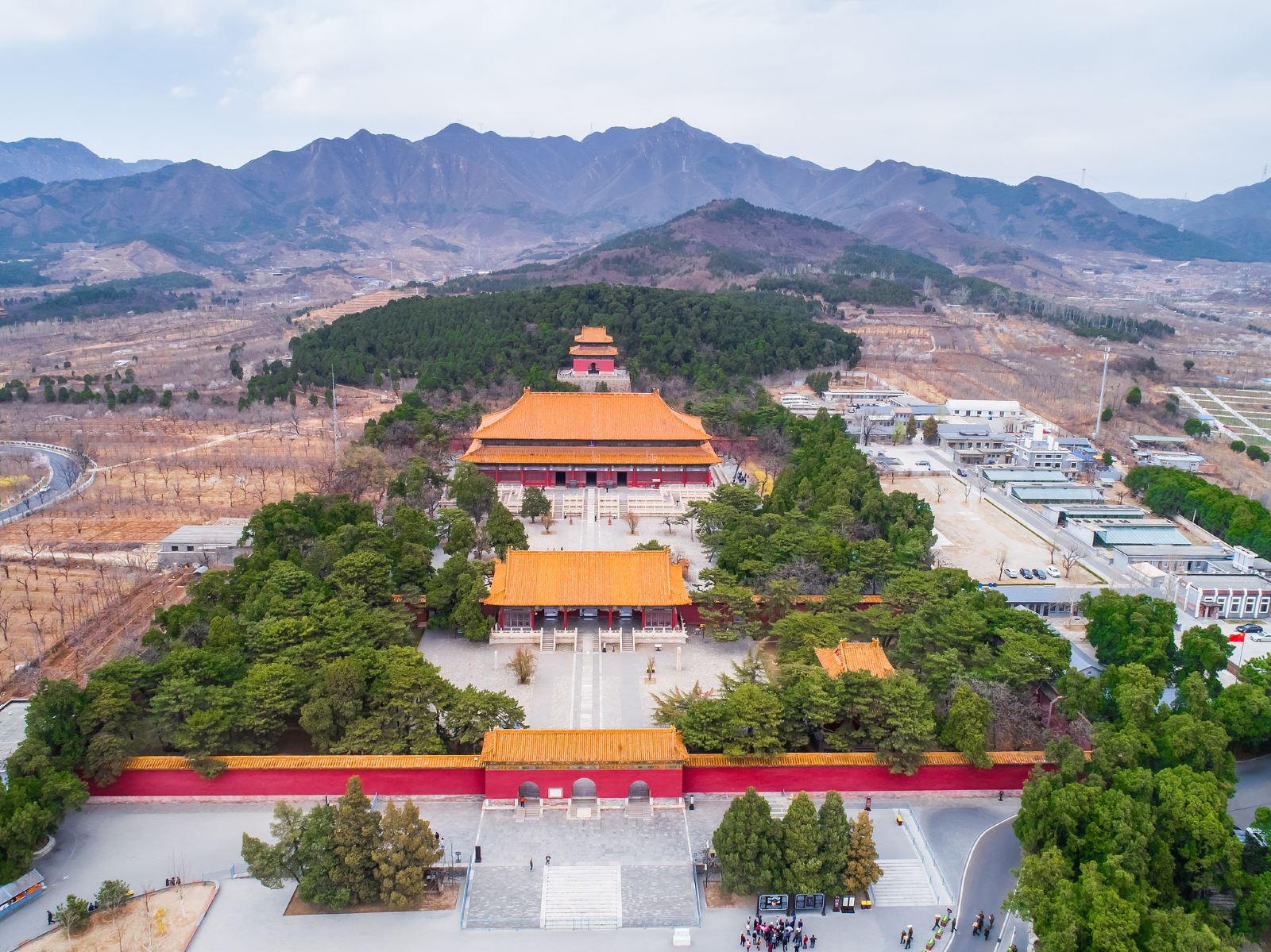
The Ming Tombs are the collective name for the tombs of 13 Ming emperors. Located in the northwestern suburbs of Beijing, they are one of the largest surviving imperial tomb complexes in China, with many tombs of emperors and empresses.The mausoleum area is surrounded by mountains, with a winding river in front of the tombs. The scenery is beautiful and exceptional.You can visit the architecture and scenery here, and also learn about the burial specifications of ancient emperors.
The Ming Tombs are a unified whole, but each tomb is also a self-contained unit. Each tomb is built in front of a mountain, and the specifications of the tombs are similar.The distance between the tombs ranges from half a kilometer to eight kilometers.Except for the Si Ling Mausoleum, which is located in the southwest corner, the other mausoleums are arranged fan-shaped around the Changling Mausoleum.Of the 13 tombs, only Changling, Dingling, Zhaoling and Shenlu are currently open to the public.
Sacred Road
The Sacred Road is located at the southern end of the Ming Tombs and is the access road to the Ming Tombs area. It is about 7 kilometers long and is the first attraction of the Ming Tombs. It is composed of stone archways, the Big Red Gate, the Monument Pavilion, stone statues of attendants, and the Dragon and Phoenix Gate.At the southern end of the Sacred Way is the Stone Archway, which is one of the larger and earlier stone archway structures in China.
Stone statues are located on both sides of the 1,000-meter-long sacred path from the two hexagonal stone pillars north of the Monument Pavilion to the Dragon and Phoenix Gate. There are 24 stone beasts and 12 stone men arranged neatly, with vivid shapes and fine carvings. They are rare and exquisite stone carvings in ancient Chinese tombs and are also a major attraction of the sacred path.
Changling
Changling is located at the southern foot of the main peak of Tianshou Mountain. It is the joint burial tomb of the third Ming emperor, Emperor Wижnzhu Di Zhudi (reign name Yongle), and his empress Xu.Among the thirteen imperial tombs, it is very grand in scale and the above-ground structures are relatively well preserved.It is the ancestral tomb among the thirteen tombs and also one of the main tourist attractions in the tomb area.
Dingling
Dingling is located at the foot of Dayu Mountain, southwest of Changling. It is the tomb of Zhu Yijun, the 13th emperor of the Ming Dynasty, and also contains the remains of his two empresses.The main buildings include the Feng’en Gate, Feng’en Hall, Baocheng, Minglou and underground palace.It is the only one of the Ming tombs to have been excavated.Its underground palace is open to visitors.
Zhaoling
Zhaoling is located at the eastern foot of Dayu Mountain. It is the joint burial tomb of the 12th Ming emperor, Emperor Zhu Zhaoyong (reign name Longqing), and his three empresses.The existing structures include the complete Feng’en Gate, Feng’en Hall and its east and west wings, Fangcheng, Minglou and Baoding.Zhaoling is the first of the thirteen imperial tombs to be extensively restored.

Summary of scenic area bus routes
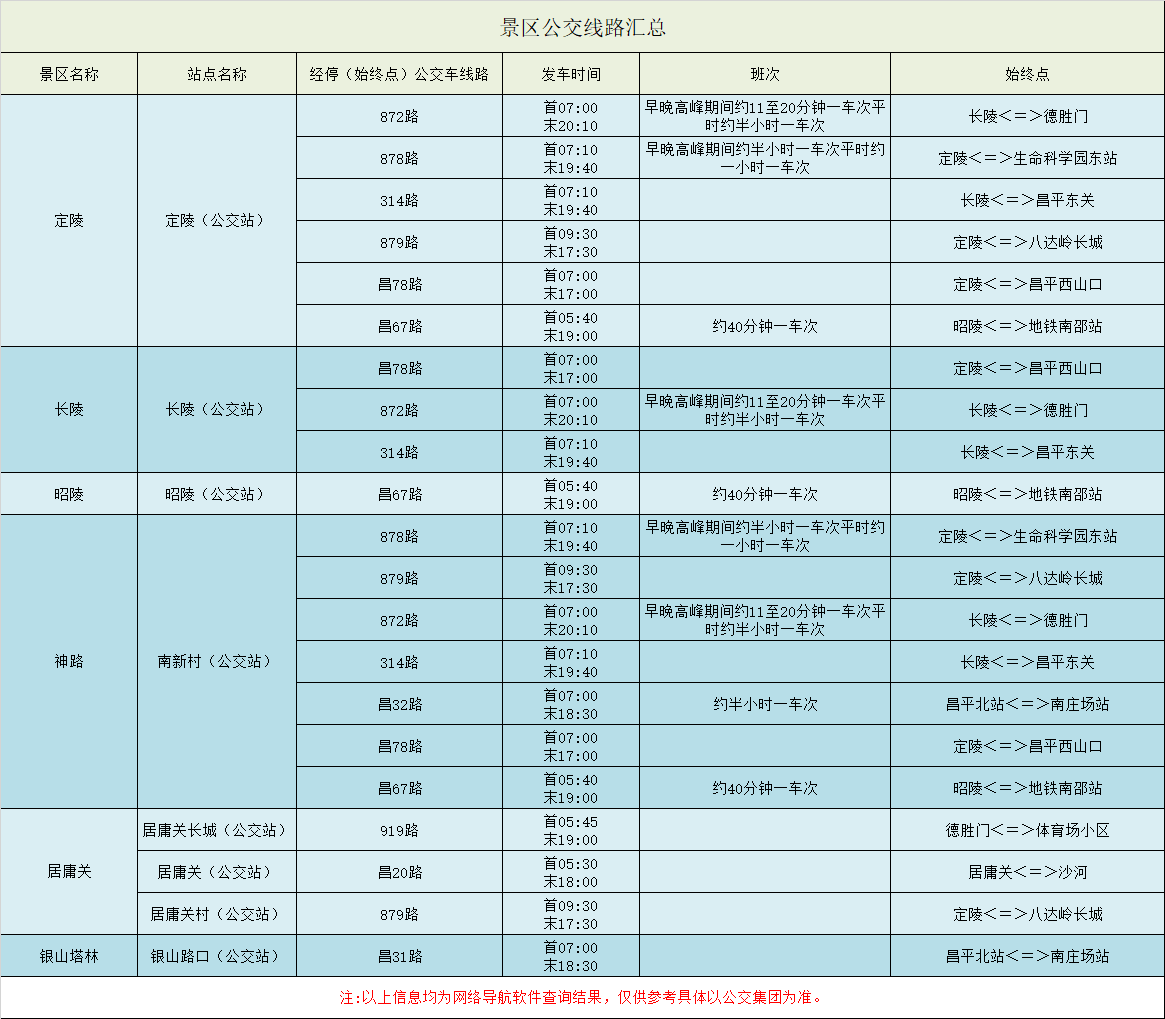
Related posts




